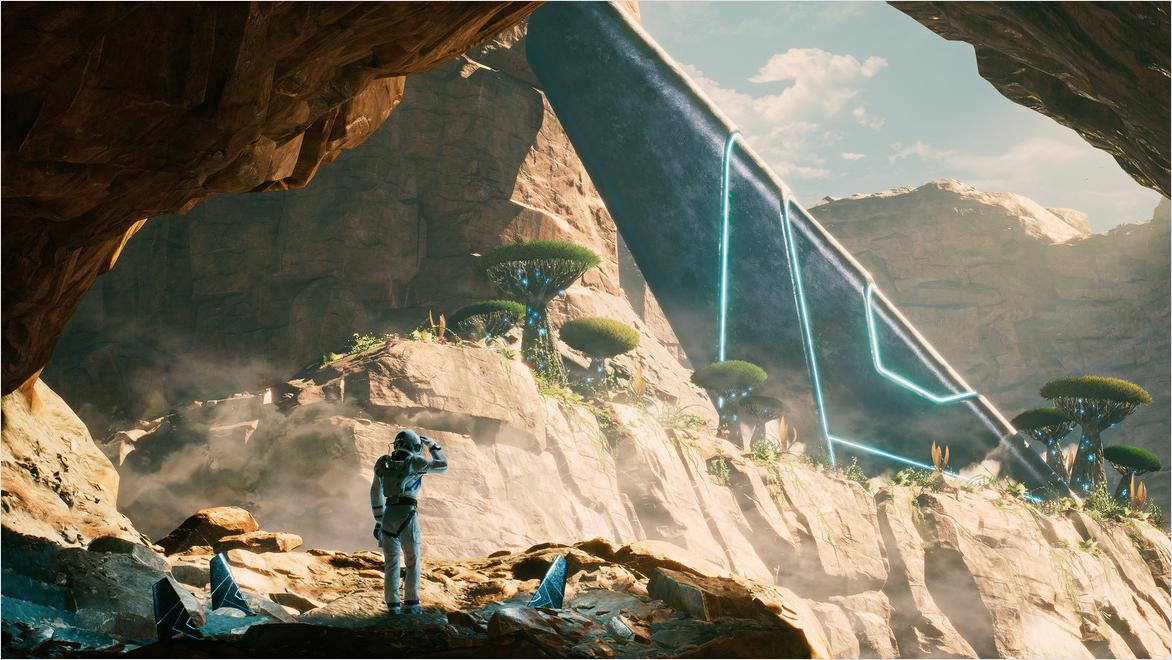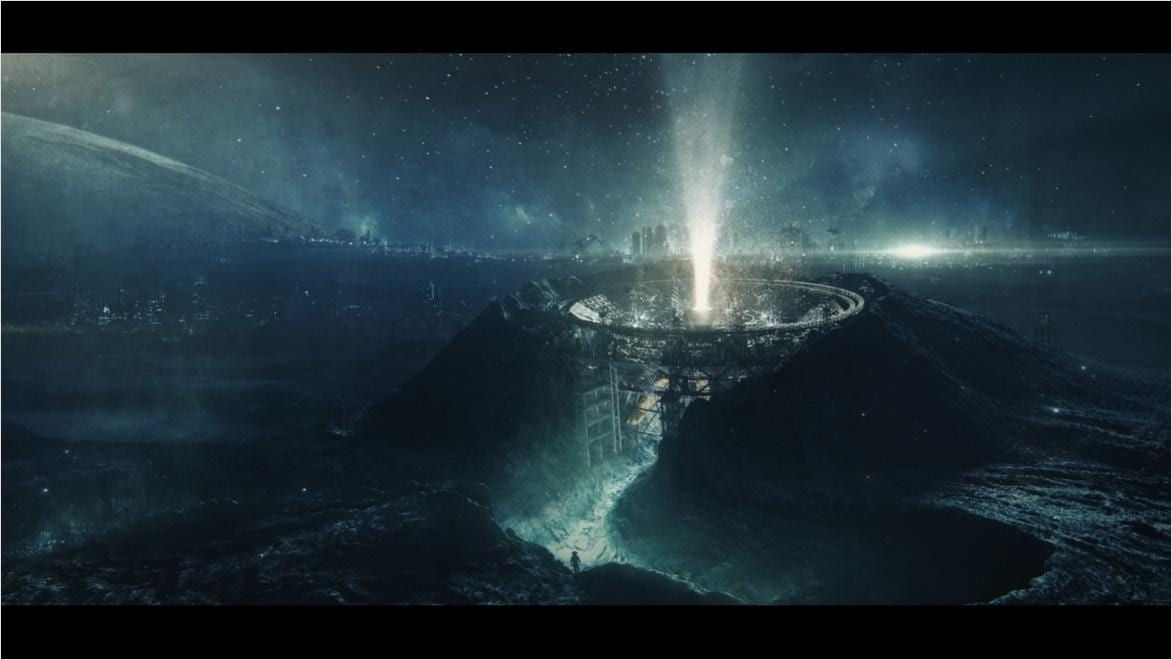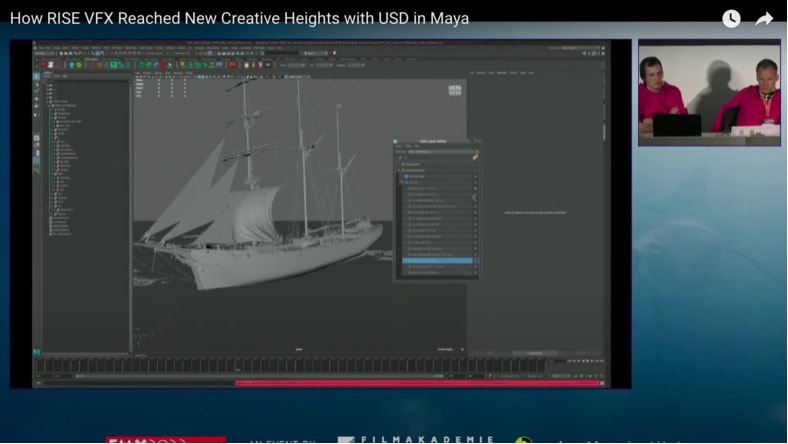Animation (US site), visual effects (VFX) and game studios have struggled for decades with poor interoperability among various tools in their production pipelines. It was painful to move data from one place to another, so studios built elaborate pipelines to manage data interoperability, often including custom-made tools.
Even Pixar experienced problems with the interchange of data between different applications. After Pixar’s 2012 film Brave, the studio decided that its scene descriptions had become so complex that it needed a real solution. That year, Pixar invented Universal Scene Description (USD) to deal with the overwhelming complexity of too many different APIs and file formats within the 3D visualisation pipeline. In 2016, Pixar released USD as open-source code so it could become a standard for the VFX and animation industries. Pixar realised that all studios had the same problem with complexity management, and by making USD open source, it would be an extensible format that other parties could improve, sharing the benefits with everyone.
OpenUSD solves several workflow and complexity challenges for creating 3D scenes. As an open-source standard, it provides an extensible common language that’s interoperable between compatible software tools and platforms. Its system of layered data also allows nondestructive editing, facilitating easy collaboration. For example, multiple artists can work on the same asset at the same time using USD’s versioning features to merge everyone’s work. USD can also provide fast access to enormous data sets, which enables real-time playback and the ability to edit complex scenes interactively.











